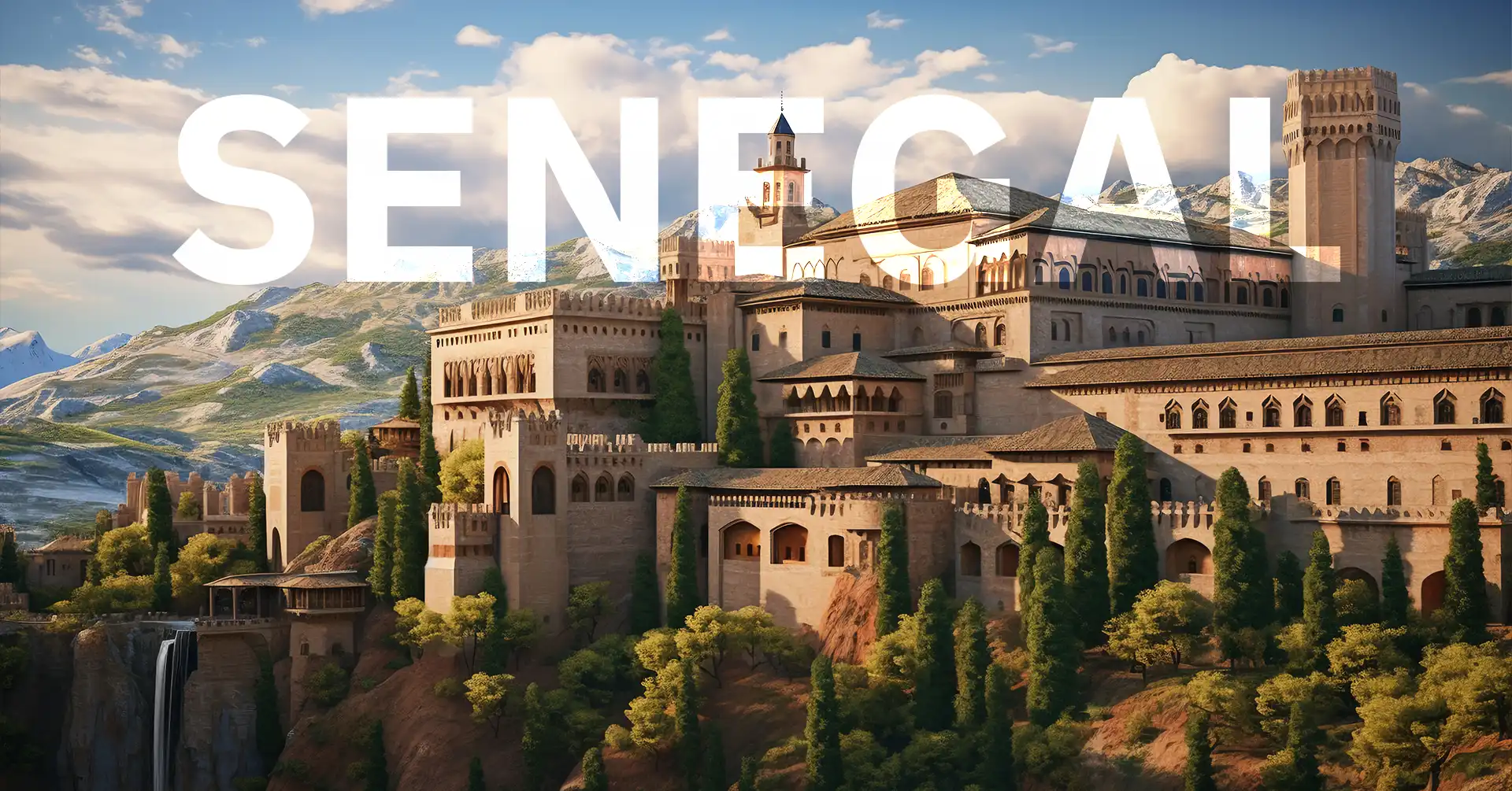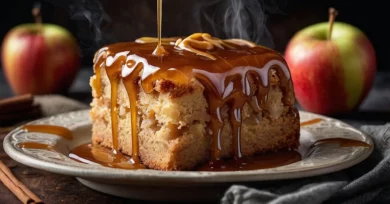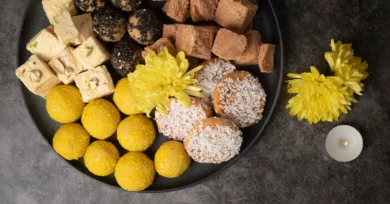Hello, my wonderful readers! Embark on a captivating journey as we unveil the vibrant tapestry of Senegal, offering an enticing glimpse into a destination that promises an extraordinary adventure for every traveler. “Senegal: A Tourist’s First Look!” invites you to discover the rich cultural heritage, breathtaking landscapes, and warm hospitality that define this West African gem.
Nestled on the Atlantic coast, Senegal beckons with its diverse attractions, from the bustling markets of Dakar to the serene beaches of Saly. Explore the UNESCO World Heritage site of Gorée Island, a poignant reminder of the transatlantic slave trade, and feel the pulse of history in the ancient city of Saint-Louis. Immerse yourself in traditional Senegalese music and dance rhythms, celebrating a cultural mosaic that reflects the nation’s proud identity.
Venture into the wild wonders of Senegal’s natural beauty, where the pink hues of Lake Retba create a surreal spectacle, and the UNESCO-listed Niokolo-Koba National Park beckons with its diverse wildlife. Indulge your senses in the tantalizing flavors of Senegalese cuisine, savoring dishes like Thieboudienne and Yassa as you explore the country’s culinary delights.
Join us on this virtual expedition, where we unpack the charm and allure of Senegal, offering a firsthand look at the myriad experiences that await those seeking an unforgettable adventure in this enchanting African destination.
Where is Senegal?
Senegal, situated on the westernmost tip of Africa, is captivating with its enchanting landscapes and cultural vibrancy. Bordered by the Atlantic Ocean to the west, Mauritania to the north and northeast, Mali to the east, Guinea to the southeast, and Guinea-Bissau to the southwest, Senegal stands as a beacon of diversity in the heart of West Africa.
Dakar, the bustling capital city, is the nation’s beating heart, overlooking the Atlantic Ocean. The country spans approximately 196,712 square kilometers (75,951 square miles), offering a varied terrain encompassing everything from rolling savannas and lush forests to arid deserts. The Senegal River, a lifeline for the nation, meanders through the landscape, shaping its people’s geography and livelihoods.
With a population as diverse as its topography, Senegal is home to numerous ethnic groups, each contributing to the rich tapestry of the nation’s culture. French, the official language, reflects the country’s colonial history, while Wolof, Pulaar, and Serer are among the many indigenous languages the Senegalese people speak.
Navigating Senegal unveils a treasure trove of experiences, from the vibrant markets of Dakar to the historical significance of Gorée Island. Whether exploring the ancient city of Saint-Louis, with its colonial architecture or witnessing the mesmerizing pink hues of Lake Retba, visitors will find Senegal a compelling destination that seamlessly blends tradition with modernity.
What is the Language of Senegal?
Senegal boasts a rich linguistic tapestry that mirrors the nation’s cultural diversity and historical influences. The official language, French, is a legacy of Senegal’s colonial past under French rule. However, the linguistic landscape is far from monolithic, reflecting the multitude of ethnic groups that contribute to the country’s cultural mosaic.
Wolof, spoken by a significant portion of the population, is a prominent indigenous language. Renowned for its expressive nuances and prevalence in daily life, Wolof is not just a means of communication but a cultural identifier. Its influence extends beyond casual conversations to music, dance, and the vibrant markets of Dakar, where it plays a pivotal role in shaping the social fabric.
Additionally, Senegal has diverse languages, each with its unique linguistic heritage. Pulaar, spoken by the Fula or Fulbe people, and Serer, the language of the Serer community, contribute to the linguistic kaleidoscope. Other languages, such as Mandinka, Jola, and Soninke, further enrich the linguistic diversity of this West African nation.
Exploring Senegal goes hand in hand with navigating its linguistic landscape. Whether engaging in the animated banter of a local market or immersing oneself in the rhythmic beats of traditional music, the languages of Senegal weave a cultural narrative that adds depth and resonance to the overall experience. In Senegal, language is not merely a tool for communication; it’s a vibrant expression of the nation’s identity and heritage.
What is Their Local Delicacy?
Senegal, a culinary haven on the West African coast, tantalizes taste buds with a diverse array of flavors, and at the heart of its gastronomic charm lies a signature dish that captures the essence of Senegalese cuisine – Thieboudienne. This flavorful and hearty dish often hailed as the national dish of Senegal, embodies the country’s rich culinary heritage.
Thieboudienne, pronounced “cheb-u-jen,” translates to “fish and rice” in the Wolof language. At its core, it is a delectable combination of rice, fish, and various vegetables. The dish typically features a generous portion of fish, often red snapper or grouper, seasoned with various herbs and spices. The fish is stuffed with tangy tamarind, garlic, and parsley, creating a symphony of savory flavors.
What truly sets Thieboudienne apart is the cooking process. The ingredients are simmered together in a tomato-based broth, allowing the flavors to meld and infuse the rice with the essence of the sea. The result is a tantalizing medley of textures and tastes – tender fish, flavorful rice, and the subtle crunch of vegetables.
Accompanying Thieboudienne is a vibrant side dish called “sauce rouge” or “red sauce,” a spicy blend of tomatoes, onions, and chili peppers that adds an extra kick to the meal. This iconic Senegalese delicacy is not just a culinary delight but a cultural experience, representing the warmth and hospitality for which Senegal is renowned.
Beyond Thieboudienne, Senegal offers a plethora of other culinary delights, from the succulent grilled seafood of Dakar’s coastal eateries to the aromatic Yassa chicken, showcasing the diversity and richness of the country’s food culture. For those seeking a gastronomic adventure, Senegal is a treasure trove of flavors waiting to be explored.
Their Culture and Wildlife
Senegal, a kaleidoscope of culture and biodiversity, beckons explorers with a tapestry woven from the threads of tradition and the wonders of its wildlife. Dive into a captivating journey where the rhythm of life is set by the beat of the djembe drum and the calls of the wild echo through the landscapes.
In the heart of Senegal’s cultural mosaic lies an array of ethnic groups, each contributing to the nation’s vibrant traditions. The diversity is palpable from the Wolof people dominating the urban landscapes to the Pulaar and Serer communities weaving their tales in the rural tapestry. Traditional music and dance, such as the lively Sabar and the rhythmic Jola ceremonies, animate the streets and communal spaces, providing a sensory immersion into Senegal’s rich cultural heritage.
Senegal’s Wildlife As Daylight Fades
As daylight fades, Senegal’s wildlife takes center stage. The UNESCO-listed Niokolo-Koba National Park, a sprawling expanse of savannas and forests, shelters an impressive array of fauna. Gestic elephants, elusive leopards, and vibrant bird species roam freely within its boundaries, creating an unparalleled safari experience. With its mangrove-lined waterways, the Saloum Delta harbors an intricate ecosystem supporting a myriad of marine life and providing a haven for migratory birds.
Gorée Island, a UNESCO World Heritage site, stands as a poignant testament to Senegal’s historical narrative, offering a glimpse into the painful legacy of the transatlantic slave trade. The vibrant colors of Senegal’s traditional attire, the intricate craftsmanship of local artisans, and the bustling markets of Dakar all contribute to the cultural vibrancy that defines this West African nation.
Senegal’s cultural heritage and wildlife intertwine to create an immersive experience where every step unveils a new facet of the country’s identity. Whether exploring the rhythms of urban life or venturing into the untamed beauty of its national parks, Senegal promises a harmonious blend of culture and wildlife that leaves an indelible mark on every visitor.
Tourist Destinations
Senegal, a captivating destination on the westernmost tip of Africa, unfolds a treasure trove of tourist destinations that promise enchanting experiences for every traveler. From the vibrant capital city of Dakar to the serene landscapes of national parks, Senegal invites exploration and discovery.
Dakar, a bustling metropolis overlooking the Atlantic Ocean, is the gateway to Senegal’s cultural riches. The African Renaissance Monument, an iconic symbol towering over the city, offers panoramic coastline views. Dive into the lively markets of Dakar, such as Marché Sandaga, where a kaleidoscope of colors and the aroma of spices create an immersive sensory experience.
A short boat ride from Dakar transports visitors to Gorée Island, a UNESCO World Heritage site that whispers stories of the transatlantic slave trade. The Maison des Esclaves, a haunting reminder of this dark chapter, is a testament to resilience and the pursuit of freedom.
For Nature Enthusiasts
For nature enthusiasts, Niokolo-Koba National Park beckons with its untamed beauty. Declared a UNESCO site, this vast expanse hosts diverse wildlife, including elephants, lions, and numerous bird species. The pink hues of Lake Retba, often called the “Pink Lake,” create a surreal landscape, making it a must-see destination for photographers and nature lovers alike.
The historic city of Saint-Louis, with its colonial architecture and vibrant streets, invites a stroll through time. Traverse the old town’s narrow alleys, marvel at the iconic Faidherbe Bridge, and soak in the atmosphere of this UNESCO-listed gem.
For those seeking sun and sand, the coastal town of Saly offers pristine beaches and a relaxing escape. Experience the warmth of Senegalese hospitality in traditional lodges and resorts that dot the coastline, providing an ideal blend of comfort and cultural immersion.
Senegal’s tourist destinations form a mosaic of experiences where history, culture, and nature converge to create an unforgettable journey. Whether navigating the lively streets of Dakar or embarking on a safari adventure in Niokolo-Koba, Senegal promises a diverse and enriching exploration for every traveler.
Conclusion | Senegal
Senegal emerges as an alluring tapestry of culture, wildlife, and vibrant destinations that beckon with open arms to every traveler seeking a captivating experience. From the pulsating rhythms of Dakar’s markets to the historical resonance of Gorée Island, the journey through Senegal is a sensory odyssey, offering a firsthand look into the heart and soul of this West African gem.
As the sun sets over the UNESCO-listed Niokolo-Koba National Park, where elephants roam freely, and birds weave intricate patterns in the sky, one cannot help but marvel at the natural wonders that unfold. The cultural richness encapsulated in Saint-Louis and the somber yet vital history of Gorée Island weave together to form the unique narrative of Senegal. This story captivates the mind and lingers in the heart.
Whether indulging in the flavors of Thieboudienne, dancing to the beats of traditional music, or basking in the sun on the beaches of Saly, Senegal promises a multifaceted adventure that leaves an indelible mark on every visitor. The warmth of the people, the vibrant colors of daily life, and the untamed beauty of its landscapes converge to create a destination that invites exploration, embraces diversity, and welcomes all with the promise of an unforgettable sojourn. Senegal, a tourist’s first look, is. Still, the beginning of a lifelong love affair with a nation that whispers tales of history, showcases the wonders of nature, and invites all to partake in its vibrant present.
Also Read:






